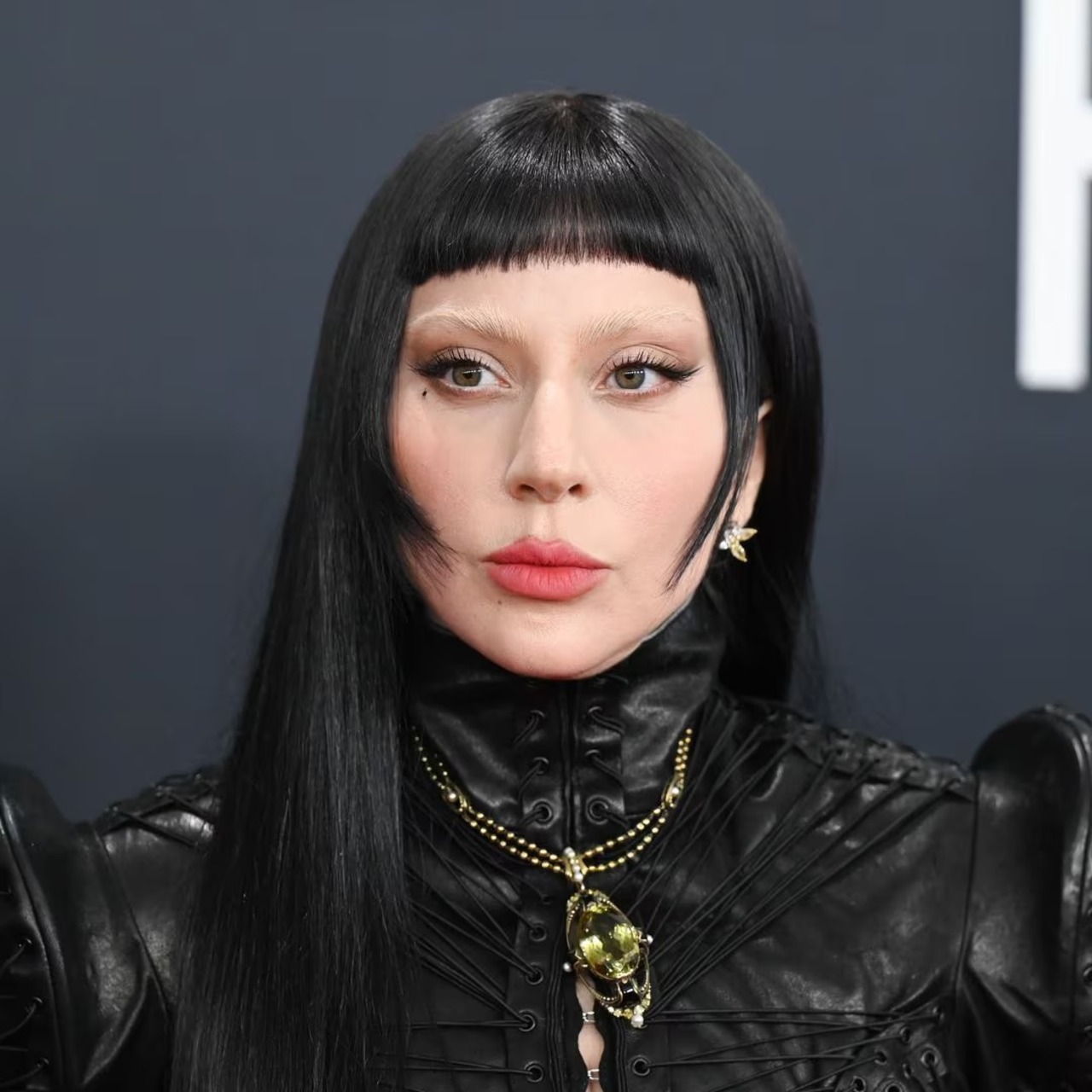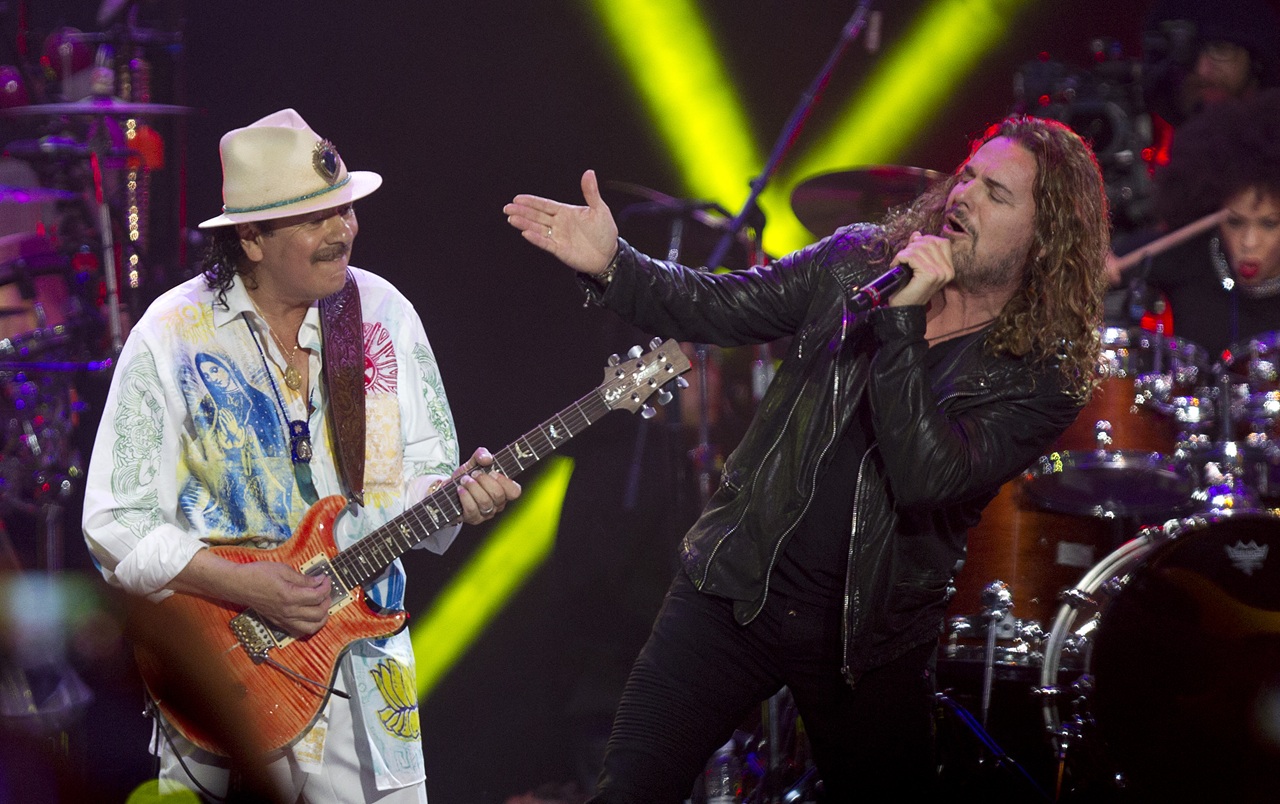
Top 5 ultimate Salsa songs
AL DÍA brings you the essential themes to complete your list of hits with one of the most important sounds in the history of Latin America.
In just over six minutes, the Kings of Salsa eternalized the perfect fusion between the psychedelia of the 70s and the new “salsa” sound in New York through "Sonido Bestial,” one of the songs that make up their iconic album of 1971.
During his worst period, the popular salsa symbol, Héctor Lavoe, managed to trace his career thanks to the support of his partner Willie Colón and the pen of a young Panamanian who made his way to the scene: Rubén Blades. Singing a tribute to himself, Lavoe opened his album "Comedia,” considered one of the most important gems of the genre.
RELATED CONTENT
Written by Jairo Varela, "Cali Pachanguero" is a sample of the best of the salsa production of the eighties. The song took off the career of Grupo Niche and became the anthem of Santiago de Cali (Colombia)
After having lost his vision, Arsenio Rodríguez "El Ciego Maravilloso" left the island of Cuba to settle in the New York of the 1950s. When he was surprised by a fire in his building - number 23 on 110th Street, between Madison and Fifth Avenue – he heard a scream saying "There's a fire in the 23rd!" inspiring his iconic 1957 song.
This is one of the best trumpet arrangements in the history of salsa and describes the environment that immigrant Latinos lived in the Big Apple during the 70s. References to the club "Baile del Mamoncillo" or to the Montaña del Oso, show the life of the Cuban Justi Barreto and so many other maestros in the heart of the big city.











LEAVE A COMMENT: